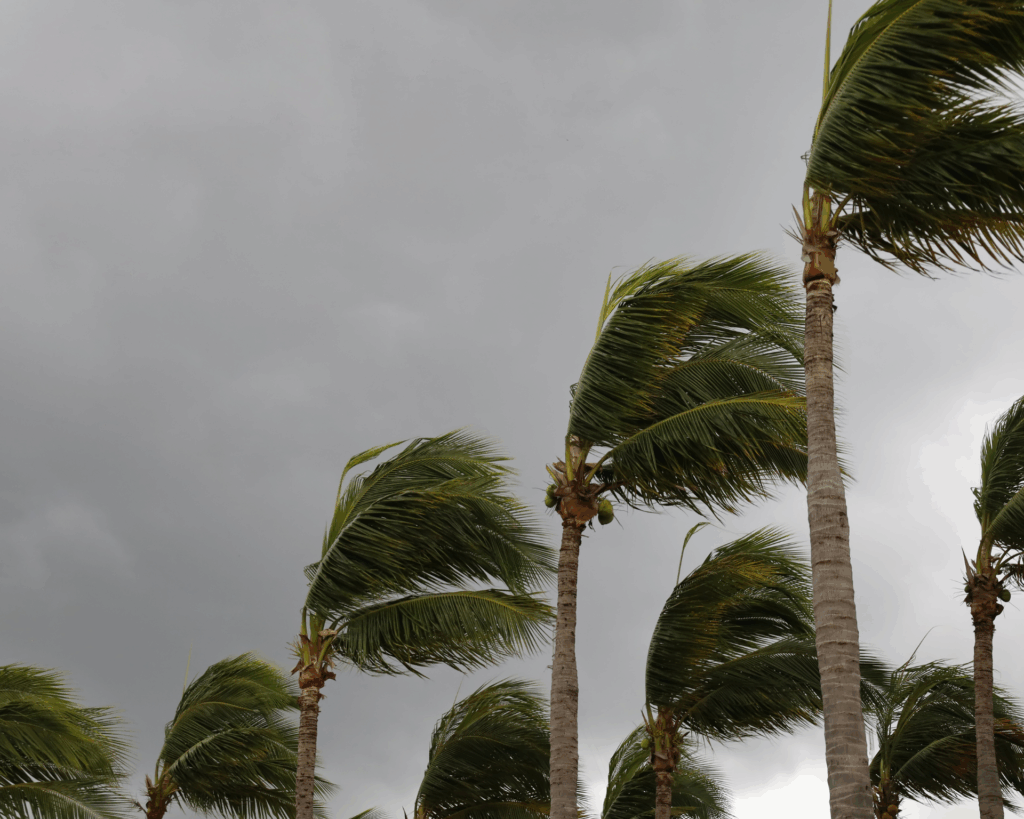Hectic Vectors
The incidence of insect-borne diseases, like Eastern Equine Encephalitis, continues to rise across the US. Blame it on climate change.

Read Time: 2 minutes
Published:
Eastern Equine Encephalitis (EEE or triple-E), a mosquito-borne viral infection, claimed the lives of three Massachusetts residents, and nine others in the state contracted EEE in 2019. According to the Centers for Disease Control and Prevention (CDC), “It’s been more than a half-century since there have been this many reported EEE cases in people.”
The number of cases is on the rise across the United States. Blame it on climate change.
Warmer median temperatures and longer warm seasons mean earlier springs, shorter and milder winters, and hotter summers. Such conditions increase the risk of illnesses transmitted by mosquitoes, ticks, fleas, and other insect vectors including Lyme disease, malaria, Zika, and West Nile. Changing weather patterns—increased precipitation, flooding, storms, and extended summers—drive vector behaviors and expand the geographic range of disease-carrying insects.
In the US, lone star ticks have expanded from the southeastern United States to northern and mid-western states. Blacklegged ticks responsible for Lyme disease have doubled in number over the past two decades, as has the incidence of Lyme disease.
Over 2600 cases of West Nile virus were reported to the CDC in 2018, a 25% increase since 2008. Two-thirds of West Nile patients experience serious neurological side effects like encephalitis (inflammation of the brain).
As the planet warms, the incidence of insect-borne diseases will continue to rise. Environmental and public health action is necessary to combat the rise of related diseases. For now, the Environmental Protection Agency recommends use of insect repellant containing DEET especially when visiting densely-wooded areas. The CDC is developing surveillance capacity to better understand when and where people are at risk.
Databyte via How Climate Change Affects Your Health, American Public Health Association, 2019.



